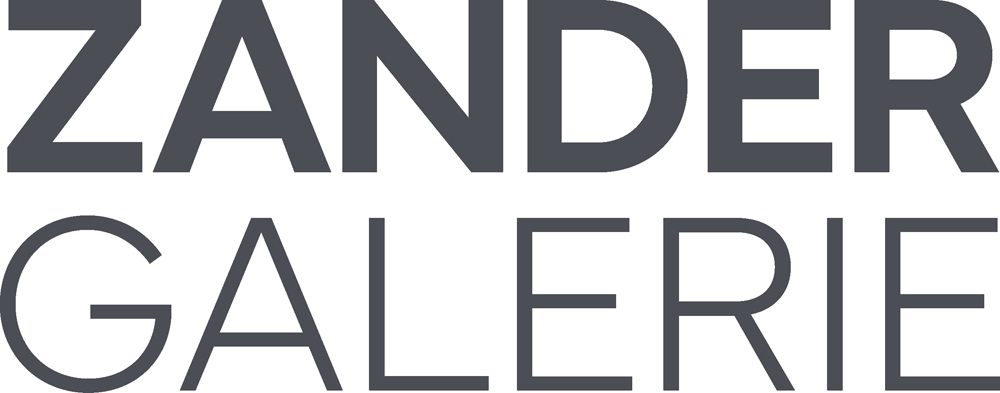CANDIDA HÖFER Observations
Galerie Thomas Zander is delighted to present a selection of new dye transfer prints by Candida Höfer, which was developed in collaboration with the gallery this year and is now on view for the first time, juxtaposed with recent large-scale colour images of interiors. Candida Höfer, born in Eberswalde in 1944, is a representative of The Düsseldorf School of Photography and was a member of Bernd Becher’s inaugural class at the Kunstakademie Düsseldorf. In 2002 the Cologne based artist participated in documenta 11, in the following year she exhibited at the German Pavilion during the Venice Biennale and is recognised as one of the most important contemporary artists in Germany today. Informed by the notion of visual memory and an interest in how people shape their environment, her projects explore the aesthetics of photographed spaces. Since the early 1980s Höfer has photographed libraries, museums and opera houses with a respectful distance and arranged in meticulous compositions. The absence of people in these cultural institutions of preserving, representing, mediating, dwelling – properties that are also inherent to photography – allow the artist to focus attention on the inner structures of the spaces. On view are concentrated, surprisingly minimalist images from 2003 to 2016 of interiors of the Neuer Stahlhof and the Schmela Haus in Düsseldorf as well as the Van Abbemuseum Eindhoven. Each taken after an architectural or functional alteration, they mark the transitions and continuities of cultural memory and renewal. Beyond the opulent colourfulness and ornaments that impress the viewer in Höfer’s symmetrical, central perspectives of halls and castles, these characteristic sections and structures of the spaces are portrayed in shades of off-white and grey. The palette and perspectives capture the objective building style, whose reduced forms follow from function and material. In the images of the spirally winding staircase of the Neuer Stahlhof, for example, extremely high and low angles cause a degree of alienation that verges on the abstract. Alongside the large-scale works, the exhibition introduces a special selection of new dye transfer prints on view for the first time. Its images attest to a tendency towards abstraction by condensing architectural details in close-ups and occasionally dispensing with references to objects altogether. In contrast to the described photographs of interiors, these images are not even located by their titles. Light and colour textures now form the core of the compositions, brought out by the striking intensity of the high quality printing process, which is known from the 1960s and ’70, but has become very rare today. A further dye transfer portfolio of Düsseldorf images from the 1970s accompanies the exhibition as well as a publication featuring the two elaborately produced projects, which the artist realised in collaboration with the gallery in 2016.
